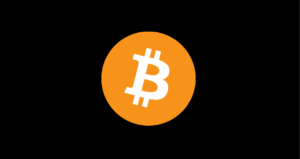The Federal Reserve’s most hawkish meeting can have a significant impact on the cryptocurrency markets. In the finance world, the term “hawkish” typically refers to a central bank or monetary policy stance that prioritizes controlling inflation over promoting economic growth. The recent hawkish stance taken by the Federal Reserve indicates that they may be more inclined to raise interest rates sooner rather than later in an effort to combat rising prices.
Higher interest rates can affect the broader financial markets, including cryptocurrencies, in several ways. Firstly, higher interest rates tend to make borrowing more expensive, which can reduce investment in riskier assets like cryptocurrencies. This could lead to a decrease in demand for digital assets, potentially putting downward pressure on prices.
Secondly, higher interest rates can strengthen the U.S. dollar relative to other currencies. Since many cryptocurrencies are traded against the dollar, a stronger dollar can make cryptocurrencies more expensive for investors using other currencies. This could potentially result in a decrease in trading volume and liquidity in the cryptocurrency markets.
Furthermore, the Federal Reserve’s hawkish stance can also impact investor sentiment and market volatility. Uncertainty about future interest rate hikes can lead to market fluctuations and increased price volatility in both traditional financial markets and the cryptocurrency space. Investors may become more risk-averse in response to the perceived tightening of monetary policy, which could lead to a flight to safer assets and a decrease in speculative trading activity.
It’s important for cryptocurrency investors to keep an eye on developments related to the Federal Reserve’s monetary policy decisions and statements. By staying informed about the central bank’s actions and communicating their intentions, investors can better anticipate potential market movements and adjust their investment strategies accordingly.
In addition to monitoring the Federal Reserve’s policy decisions, investors should also stay informed about broader economic indicators and geopolitical events that could impact the cryptocurrency markets. Factors such as inflation data, employment reports, and global economic growth trends can all influence market sentiment and asset prices.
Overall, while the Federal Reserve’s most hawkish meeting may signal a tightening of monetary policy that could impact the cryptocurrency markets, investors can navigate these changes by staying informed, diversifying their portfolios, and adapting to evolving market conditions. By remaining vigilant and proactive in response to changing market dynamics, investors can position themselves for success in the ever-evolving world of cryptocurrencies.

